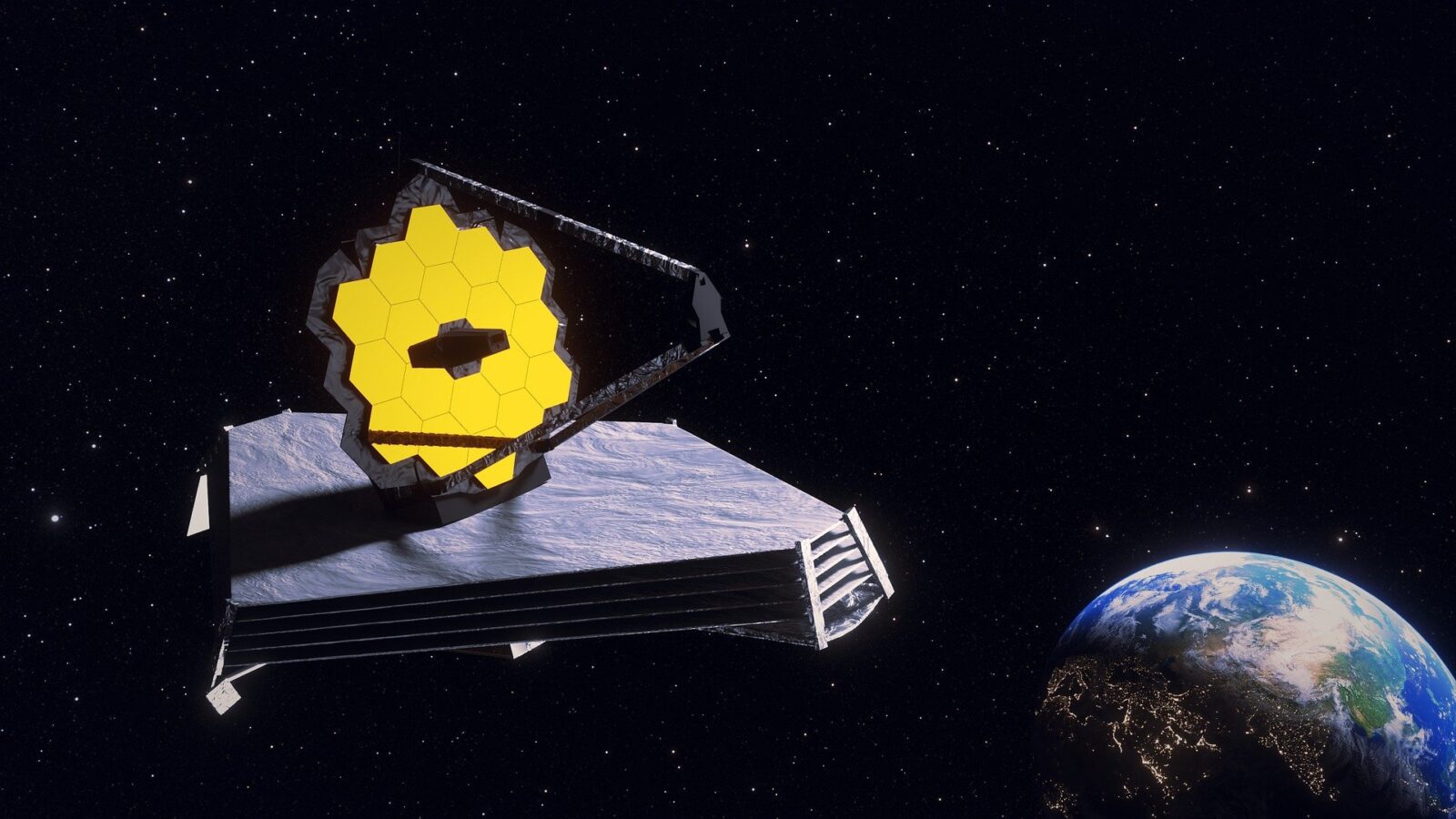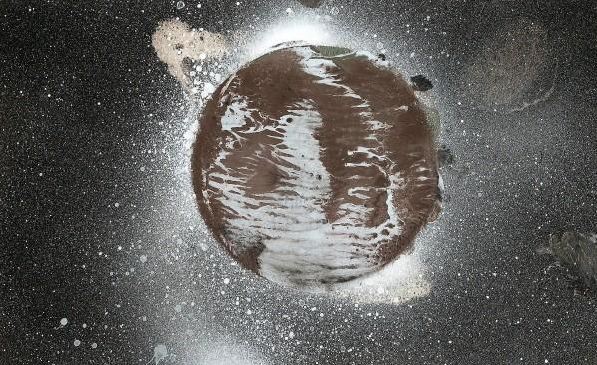NASA’s James Webb Space Telescope never ceases to amaze us all with its discoveries. That’s not even an exaggeration! After the first full-color images of the Cosmos were revealed last month by Webb, as well as new photos of Jupiter and more, now we have some new material obtained by the next-generation telescope of NASA.
The star of the show this time is WR140, a binary pair of stars located about 5,600 light-years away from Earth and in the Cygnus constellation. ScienceAlert reveals the new insight that Webb had on the WR140 object, and it’s indeed marvelous. Concentric rings of light seem to be radiating outward:
Extraordinary #Phenomenon in #Space — The object in question is a #star, #WR140, around 5,600 l.y. away, and #Webb's #infrared eye has picked out an extraordinary detail: it's surrounded by what appear to be #concentric #rings of #light radiating outward
https://t.co/kTOab5wQpp— Cᴏʀʀᴀᴅᴏ Rᴜsᴄɪᴄᴀ (@Corrado_Ruscica) August 30, 2022
The infrared light of the James Webb Telescope is to blame for the new amazing image. However, the beautiful diffraction spikes are only nothing more than optical illusions.
The binary stars from the image interact with one another and lead to dust eruptions that expand out in shells that glow in infrared.
The binary consists of a Wolf-Rayet star called WR 140 and a massive O-type star companion. Both objects represent rare stars.
Judy Schmidt, the scientist who released the image on Twitter, was pretty much stunned and speechless while looking at it. He wrote in an email for space.com:
I think it’s just nature doing something that is simple, but when we look at it from only one viewpoint it seems impossible, at first, to understand that it is a natural phenomenon,
Why is it shaped the way it is? Why is it so regular?
Thanks to Mark McCaughrean, who is an interdisciplinary scientist from the James Webb Space Telescope Science Working Group, we now know more about what’s going on in WR 140. He explained as space.com also quotes:
The six-pointed blue structure is an artifact due to optical diffraction from the bright star WR140 in this #JWST MIRI image,
But red curvy-yet-boxy stuff is real, a series of shells around WR140. Actually in space. Around a star.
James Webb is still warming up when it comes to exploring the Universe!













Leave a Reply